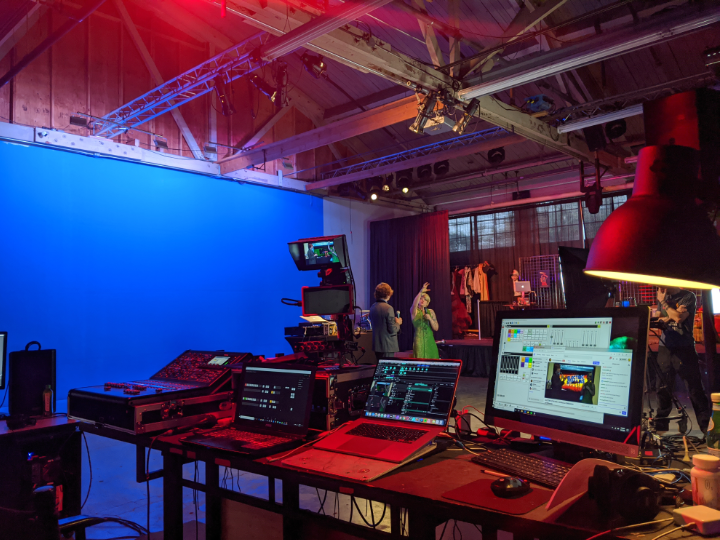Conquering Challenges in the Art of Video Image Mapping Implementation
Wiki Article
Video projections mapping is an exciting method that transforms common areas into dynamic presentations. This technique allows creators and design professionals to project visuals and videos onto items like buildings, statues, or stages, creating an engaging visual encounter. However, despite its potential, implementing video projection mapping effectively comes with several challenges. Understanding and addressing these obstacles is essential for anyone looking to create impactful projection art.
One of the main challenges in video projection mapping is ensuring that the displayed image matches perfectly with the object. This process, known as "mapping," demands precise measurements and figures. If the projection is not matched correctly, the images can appear warped or misplaced. To tackle this issue, artists often use specialized software that assists in mapping the graphics to the object's dimensions. Moreover, conducting comprehensive tests before the final projection can help detect any misalignments and allow for adjustments to be made.

Another major obstacle is the different brightness and color of the projected visuals. Different surfaces respond differently to light, which can influence how the colors look once projected. For instance, a pale surface will More Help bounce brightness variously than a dark one. To tackle this, creators must think about the material characteristics before selecting the hues and brightness for their projections. Testing the projection on the real surface during the planning phase can provide valuable understanding into how the final show will look.
Technical difficulties can also pose a hurdle in video projection mapping. Issues such as hardware malfunction, software bugs, or connectivity problems can interfere with the entire project. To reduce these risks, it is vital to conduct comprehensive equipment checks and have backup plans in position. This can comprise having additional cables, projectors, and even alternative software choices ready to go. Being prepared for technological issues can ensure a smoother implementation of the projection.
Finally, viewers' engagement is an important aspect of video projection mapping. While the graphics are key, how the audience interact with the display can make a significant difference. Creators must consider about how to design their displays to attract viewers’ focus and promote participation. This can entail adding elements that encourage engagement or create a story that connects with the viewers. Gathering input from test viewers can also help enhance the show to improve engagement.
In summary, addressing challenges in video Get the facts projection mapping demands meticulous preparation and innovation. By tackling the issues of matching, luminosity, technological problems, and audience engagement, creators can create spectacular and impactful projections. With the appropriate approaches in position, video projection mapping can change ordinary spaces into extraordinary encounters, captivating audiences and leaving a memorable impact.